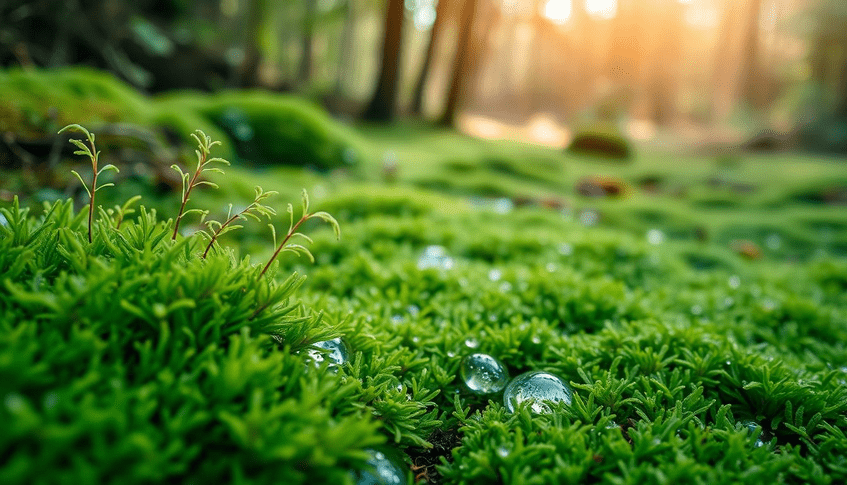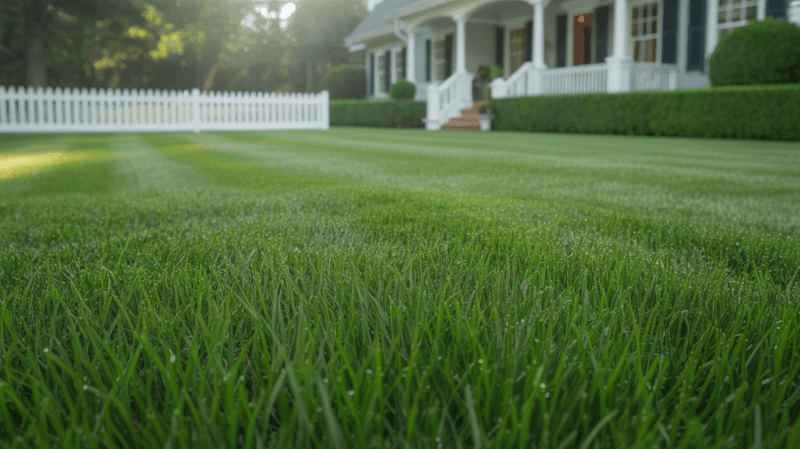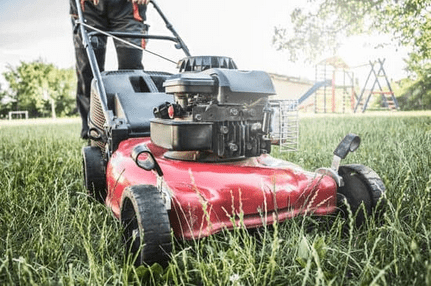Discover how sphagnum moss can boost your garden:

As I explore sustainable gardening practices, I'm excited to share the benefits of using sphagnum moss in my garden. This organic material, sourced from bogs, offers an eco-conscious alternative to traditional peat moss.
Using sphagnum moss in my gardening routine not only enhances the beauty of my garden but also supports eco-friendly gardening. By incorporating this sustainable material, I can create a low-impact garden that thrives without harming the environment.
With its unique composition and numerous benefits, sphagnum moss is an ideal choice for gardeners looking to adopt more eco-conscious gardening practices. In this article, we'll delve into the advantages of using sphagnum moss and explore practical ways to integrate it into your gardening routine.
Understanding Sphagnum Moss and Its Environmental Benefits

Sphagnum moss is changing the game in gardening. It brings many benefits to the environment. Knowing about sphagnum moss helps us make better choices for our gardens.
What Is Sphagnum Moss?
Sphagnum moss grows in wet, acidic places like bogs. It holds a lot of water and nutrients. This makes it great for potting mixes, reducing the need for water and fertilizers.
Environmental Advantages of Using Sphagnum Moss
Using sphagnum moss in gardening has many benefits. Some key ones are:
- It saves water because it holds water well.
- It needs less fertilizer and chemicals.
- It's a better choice than peat moss because it's harvested from new growth.
Adding sphagnum moss to our gardens can greatly reduce our impact on the environment.
Sphagnum Moss vs. Peat Moss: Important Distinctions
Sphagnum moss and peat moss both help with moisture. But they're different. Sphagnum moss comes from new growth, making it more sustainable. Peat moss, on the other hand, comes from old bogs, which is less sustainable.
Here are the main differences:
- Sustainability: Sphagnum moss is better for the planet because it's renewable.
- Acidity: Sphagnum moss is more acidic, which can change soil pH.
- Water Retention: Both hold water well, but sphagnum moss might be a bit better.
Eco-Friendly Gardening with Sphagnum Moss: Practical Applications
Sphagnum moss is more than a natural soil conditioner. It's a game-changer for those who care about the environment. By using sphagnum moss in different ways, gardeners can make their gardens more sustainable and healthy.
Creating Moisture-Retaining Soil Amendments
Sphagnum moss is great for making soil that holds moisture better. It absorbs and keeps water, perfect for soils that need to hold water longer.
Step-by-Step Mixing Instructions
To make a soil amendment that holds moisture, mix sphagnum moss with your soil. Start by adding a generous amount of sphagnum moss. Use a ratio of 1 part sphagnum moss to 2 parts soil.
- Mix well to ensure uniform distribution.
- Water the mixture thoroughly.
- Allow it to settle before planting.
Using Sphagnum Moss for Seed Starting
Sphagnum moss is also good for starting seeds. It offers a clean space for seeds to grow and develop roots.
DIY Seed Starting Mix Recipe
To make a DIY seed starting mix, mix sphagnum moss with perlite or vermiculite. Here's a simple recipe:
- 2 parts sphagnum moss
- 1 part perlite or vermiculite
Mix these well and moisten the mix before filling seed trays.
Moss for Container Gardens and Hanging Baskets
Sphagnum moss can also improve container gardens and hanging baskets. It keeps the soil moist, so you don't have to water as often.
Decorative and Functional Uses in Landscaping
Sphagnum moss has decorative uses in landscaping too. It can add texture and interest to garden designs.
By using sphagnum moss in these ways, gardeners can create sustainable, beautiful gardens. These gardens are not only lovely but also good for the environment.
Sustainable Practices and Troubleshooting
Exploring eco-friendly gardening, we must talk about sustainable practices and fixing problems with sphagnum moss. Using green methods helps us enjoy sphagnum moss's benefits without harming the environment.
Ethical Sourcing Guidelines
It's key to choose ethically and sustainably harvested sphagnum moss. Look for suppliers who care for the environment. They should replant and keep biodiversity. This way, we help sphagnum moss last longer.
Extending the Life of Your Sphagnum Moss
To make your sphagnum moss last, follow some care tips. Keep it cool and moist, and handle it gently. These steps help your moss stay useful for a long time.
- Check moisture levels to avoid drying out
- Don't compact the moss to keep it effective
- Add more moss when needed to keep the quality high
Common Issues and Solutions
Sphagnum moss can face problems like mold and fungus. To fix this, improve air flow and lower moisture. Knowing these solutions helps keep your moss healthy and working well.
By adopting green practices and addressing common issues, we can fully enjoy sphagnum moss. This makes gardening better for our planet.
Conclusion
Adding sphagnum moss to my garden has been a game-changer. It's a simple way to make my garden more sustainable and eco-friendly. This moss improves soil quality and helps in promoting biodiversity.
Using sphagnum moss is a smart choice for green gardening. It helps in making soil retain moisture and is great for container gardens. These practices are good for the environment and help us live more sustainably.
Introducing sphagnum moss to my garden has been a big step towards sustainability. It's a small action that can inspire others to care for the environment. Together, we can make our gardens more beautiful and eco-friendly.
FAQ
Q: What is sphagnum moss, and how is it harvested?
A: Sphagnum moss is a type of moss that grows in wetlands. It's harvested from the new growth of these plants. This makes it a renewable resource. Harvesting is done by hand or machine, with care for the environment.
Q: How does sphagnum moss compare to peat moss in terms of sustainability?
A: Sphagnum moss is better for the environment than peat moss. It's harvested from new growth, unlike peat moss from ancient bogs. This makes sphagnum moss more sustainable and eco-friendly.
Q: How can I use sphagnum moss in my garden?
A: You can use sphagnum moss in many ways. It's great as a soil amendment or seed starting mix. It also adds beauty to container gardens. Plus, it helps improve soil structure and keeps it moist.
Q: What are the benefits of using sphagnum moss in my garden?
A: Sphagnum moss helps your garden in many ways. It keeps the soil moist, improves its structure, and supports plant growth. It's also a green choice for gardening.
Q: How do I source sphagnum moss sustainably?
A: Look for sphagnum moss certified by groups like the Sphagnum Moss Association. These products are made with care for the environment.
Q: How can I extend the life of my sphagnum moss?
A: Keep your sphagnum moss cool and dry to make it last longer. Avoid handling it too much. If it dries out, you can re-wet it to use again.
Q: What are some common issues with using sphagnum moss, and how can I troubleshoot them?
A: Issues like mold and mildew, or poor moisture retention, can happen. Good air circulation and adjusting your watering can help solve these problems.
Q: Can I use sphagnum moss in container gardens and hanging baskets?
A: Yes, sphagnum moss is perfect for container gardens and hanging baskets. It helps keep the soil moist, improves its structure, and adds beauty.
Q: Is sphagnum moss compatible with other eco-friendly gardening practices?
A: Yes, sphagnum moss works well with eco-friendly gardening. It can be used with organic fertilizers and water-saving methods. It's part of a green gardening approach.
Breathable Women's Gardening Gloves with Firm Grip
Enjoy comfort and control while tending to your garden with these stylish and durable gloves
Product information
$23.18
Product Review Score
4.73 out of 5 stars
11 reviews



